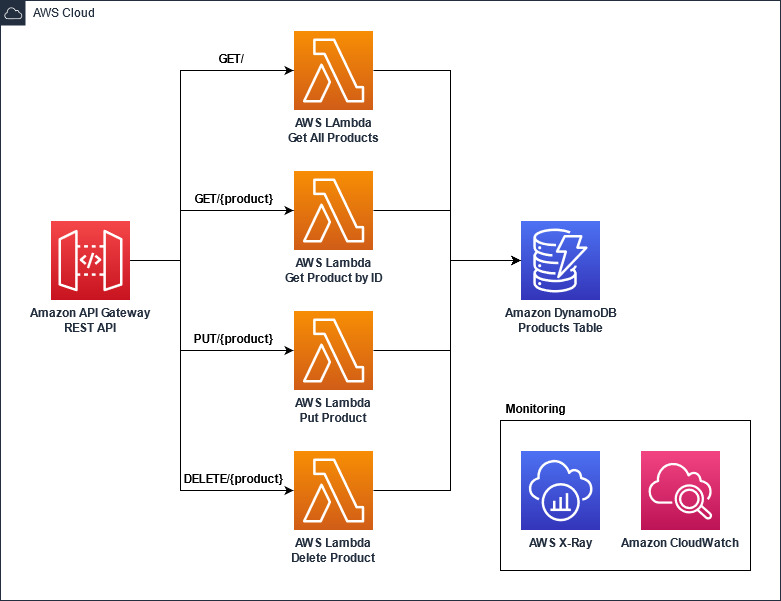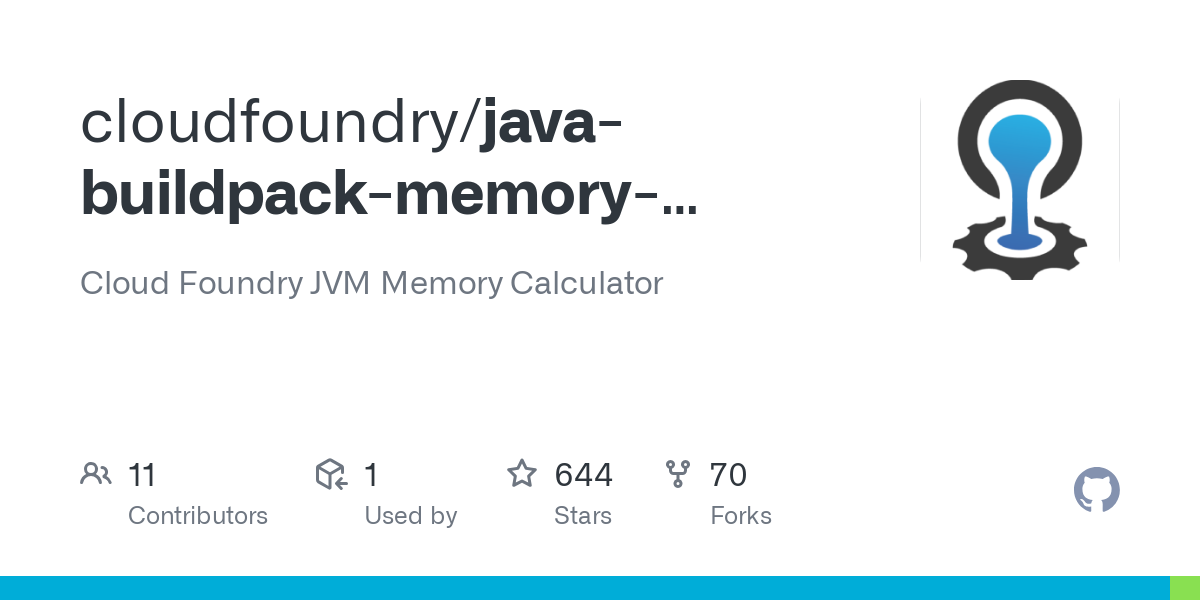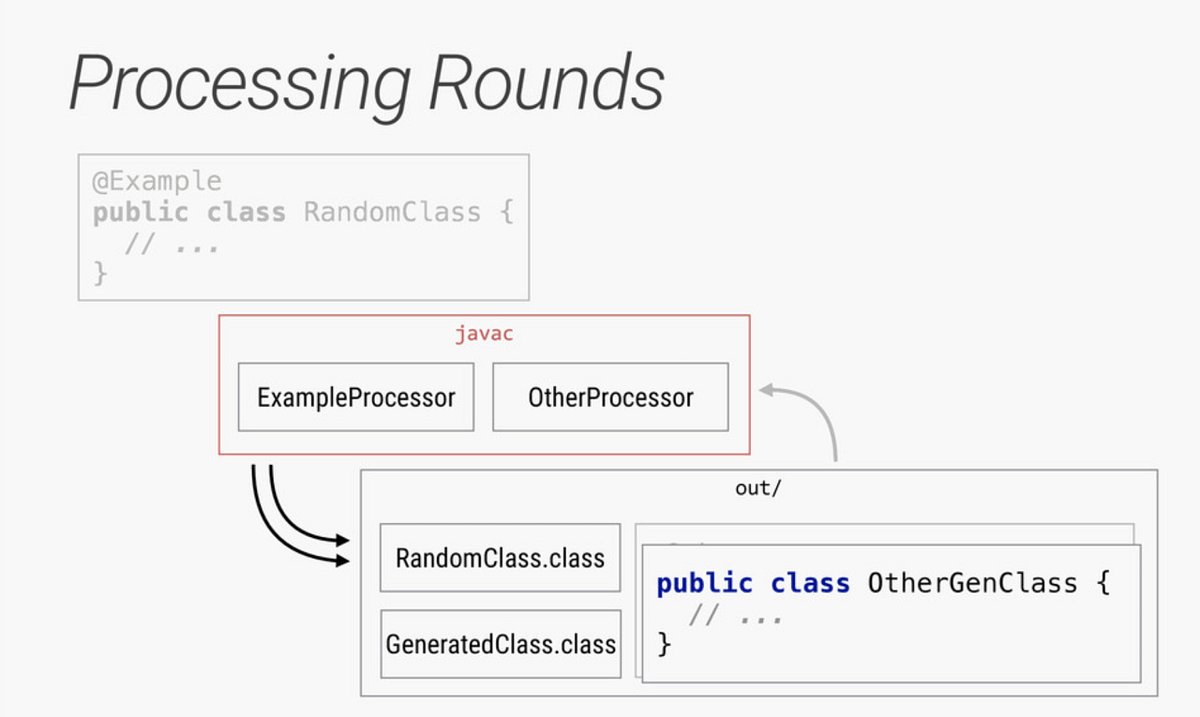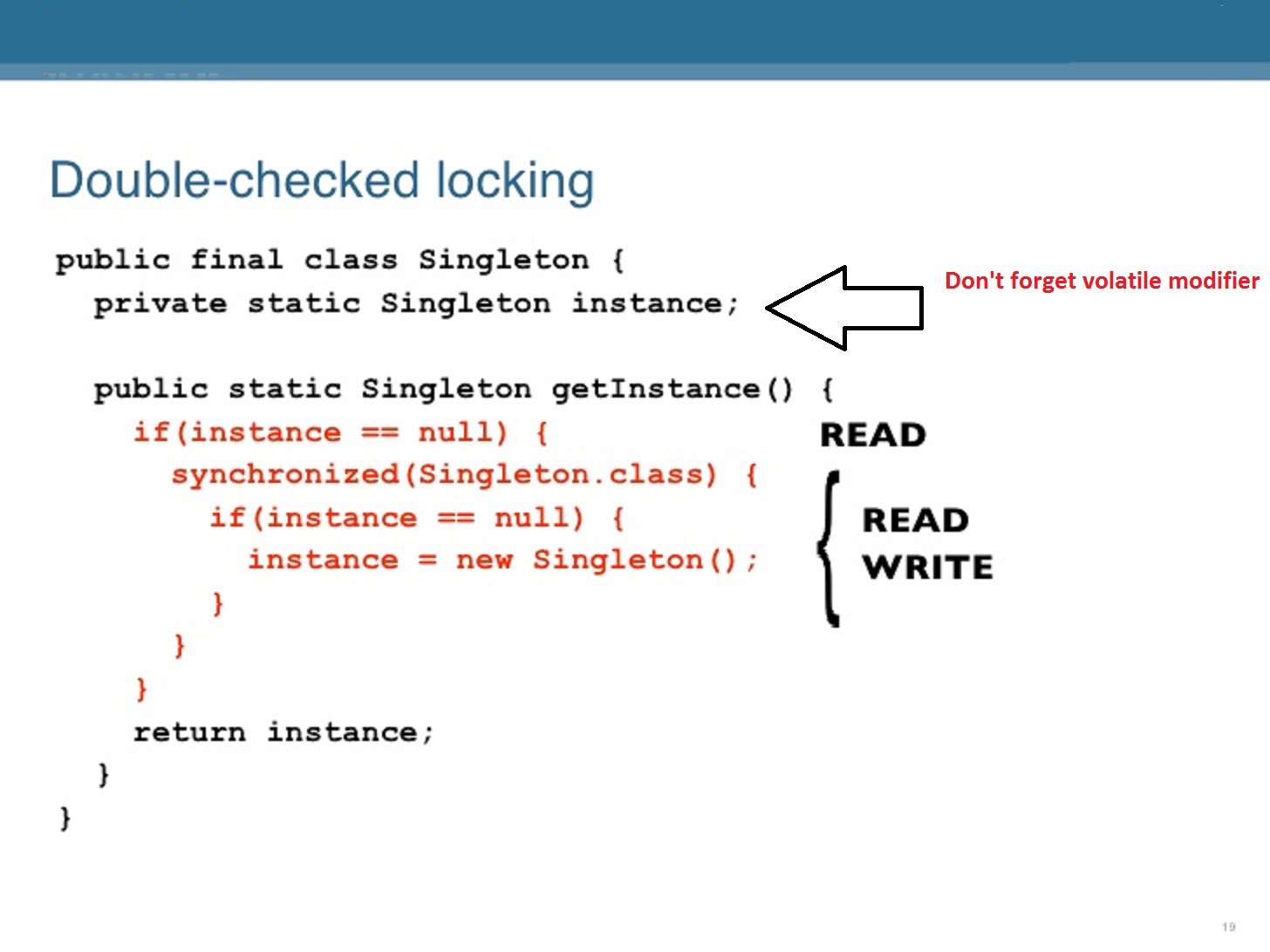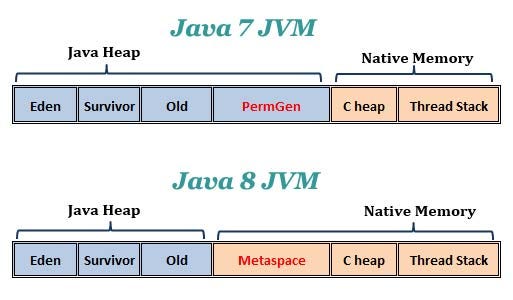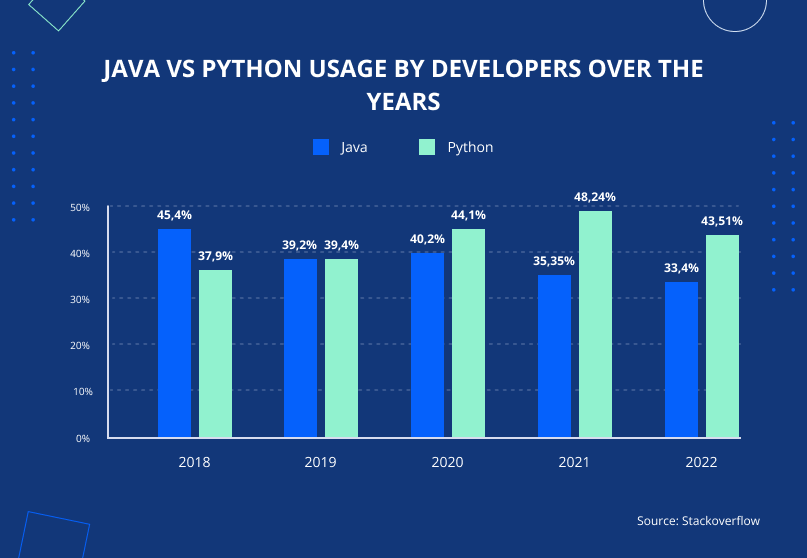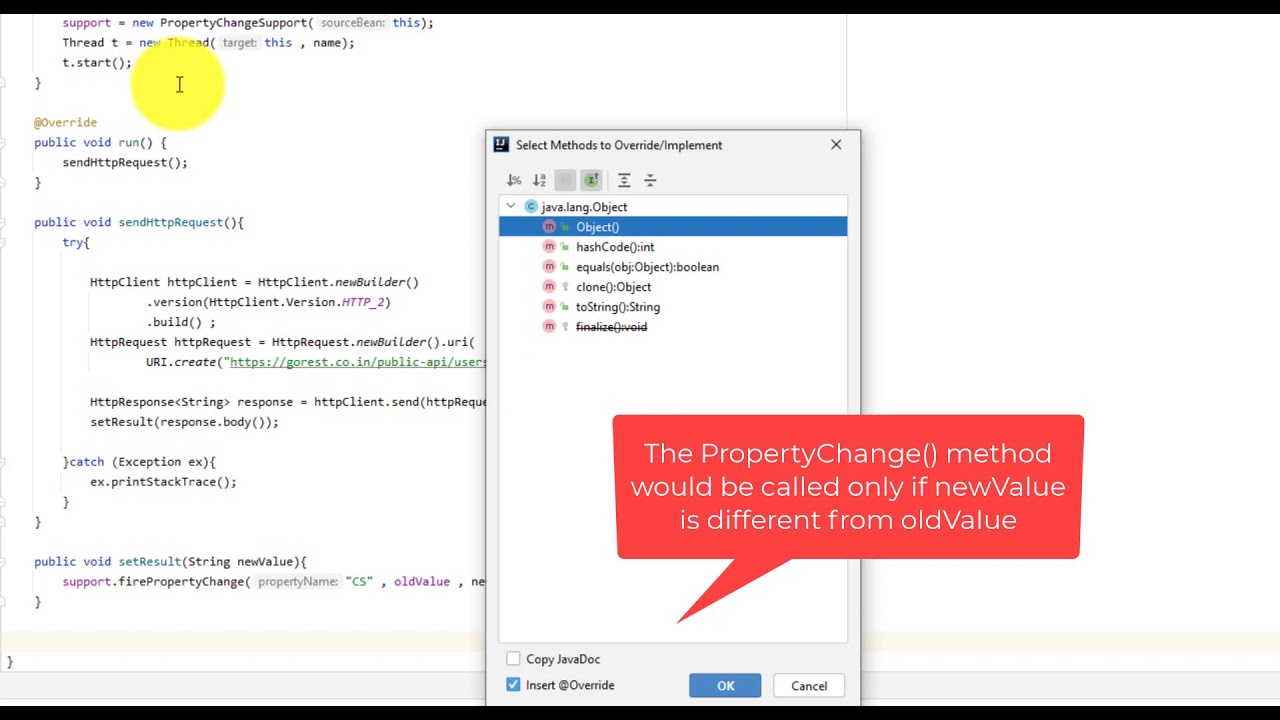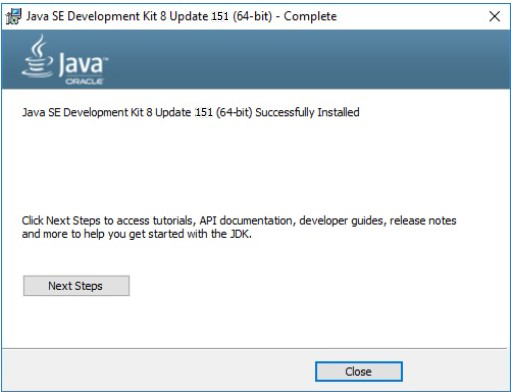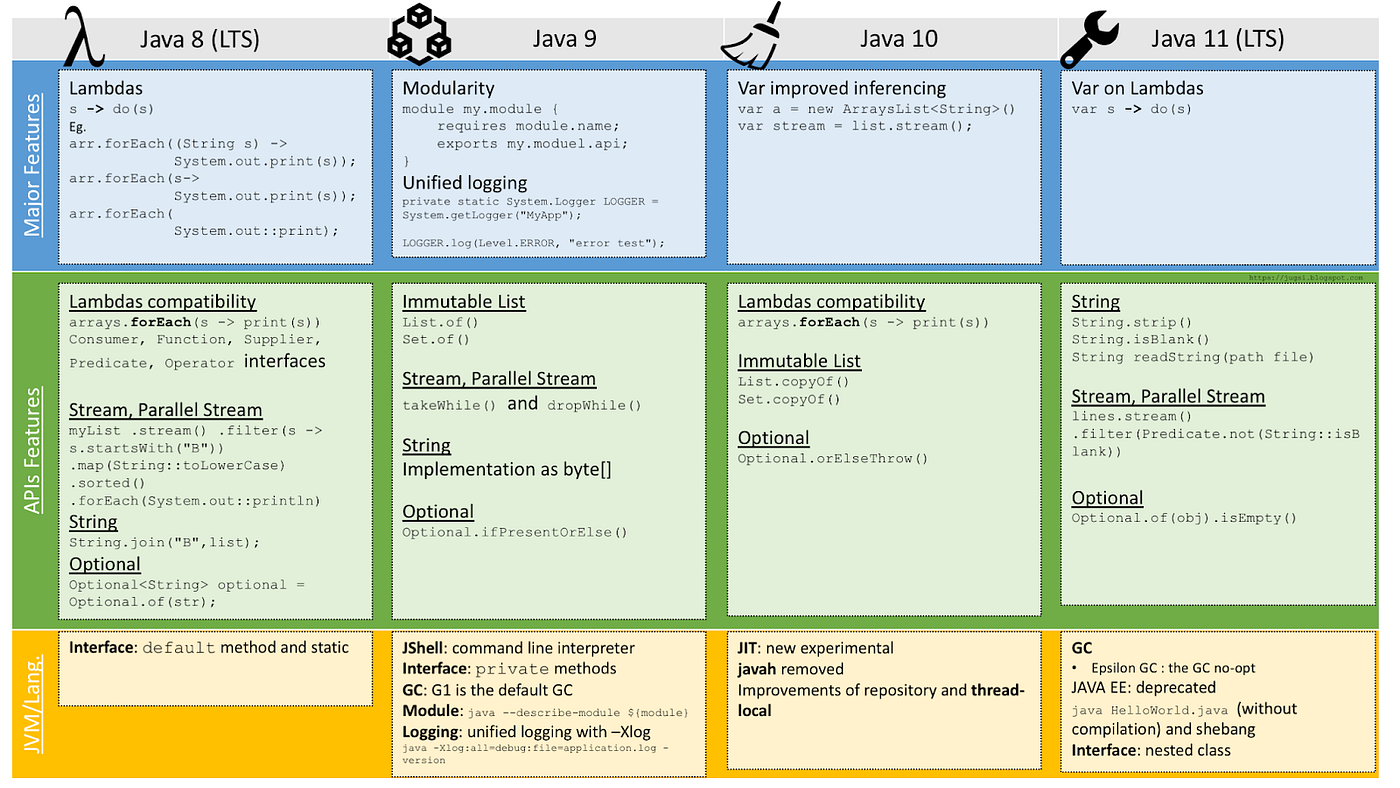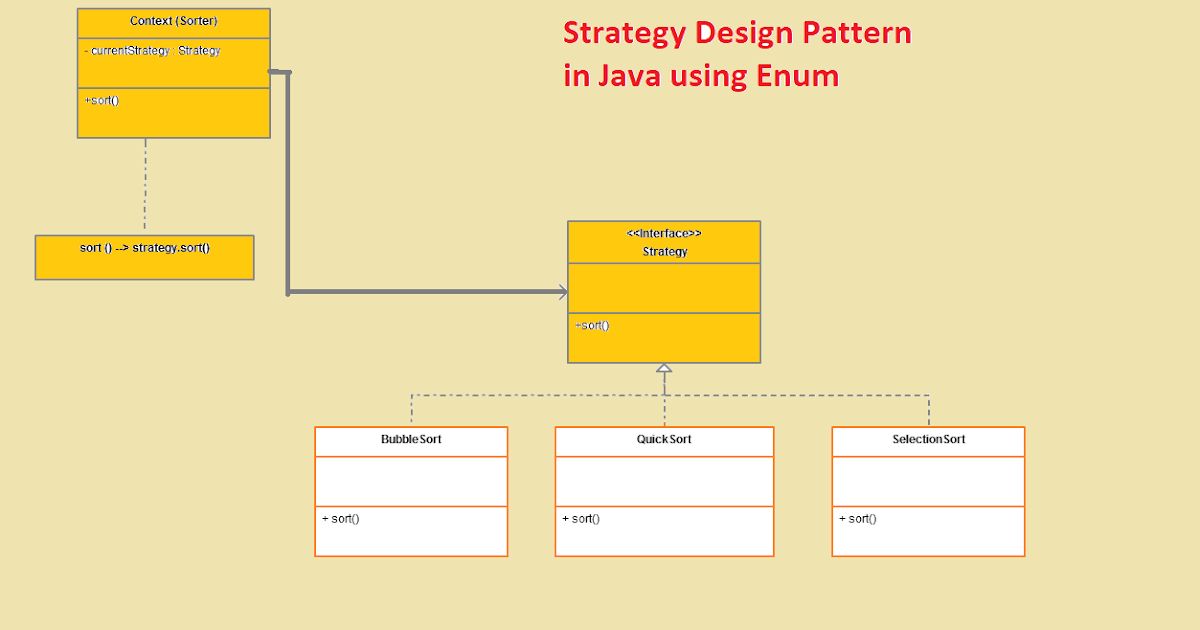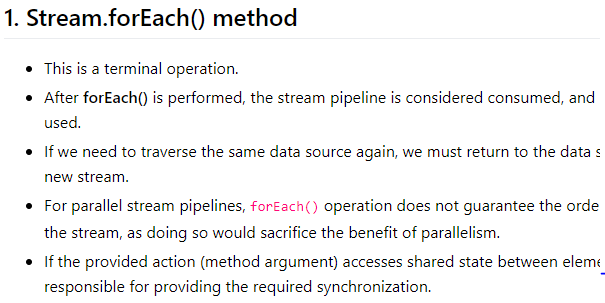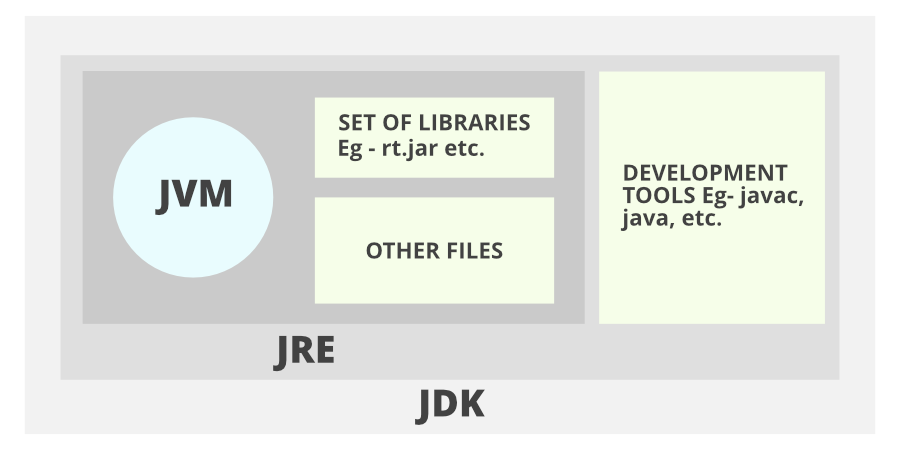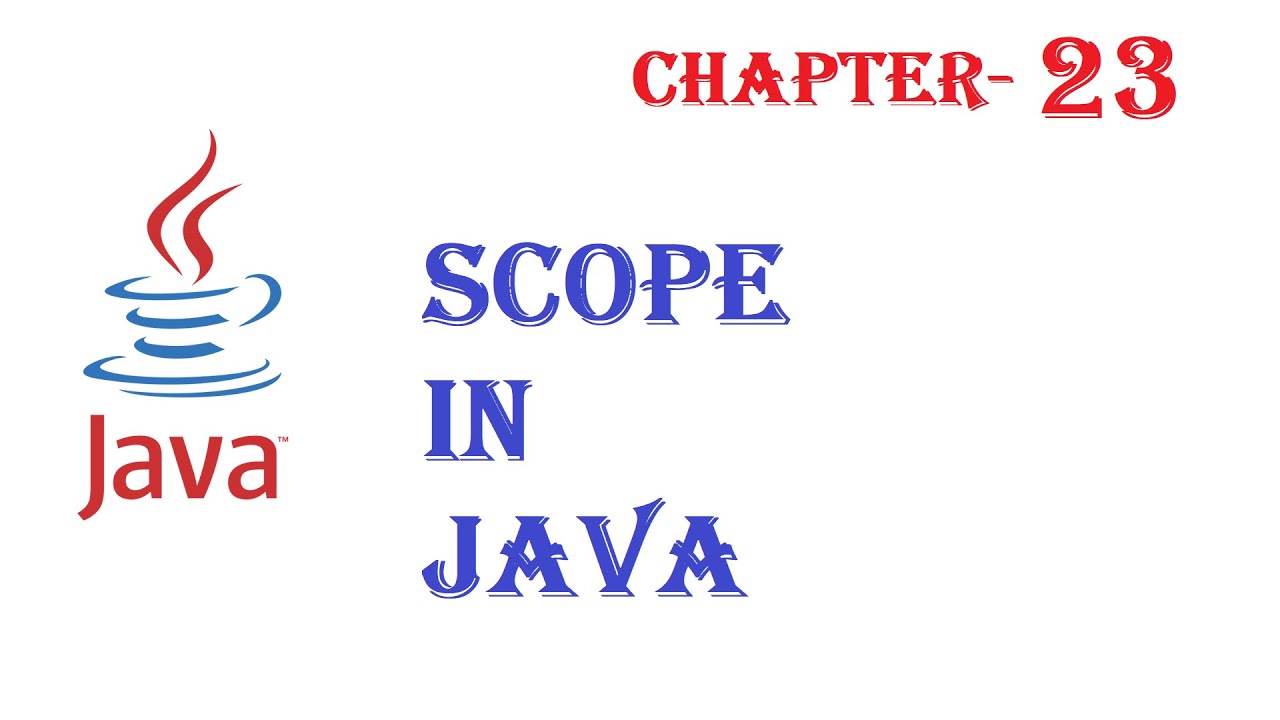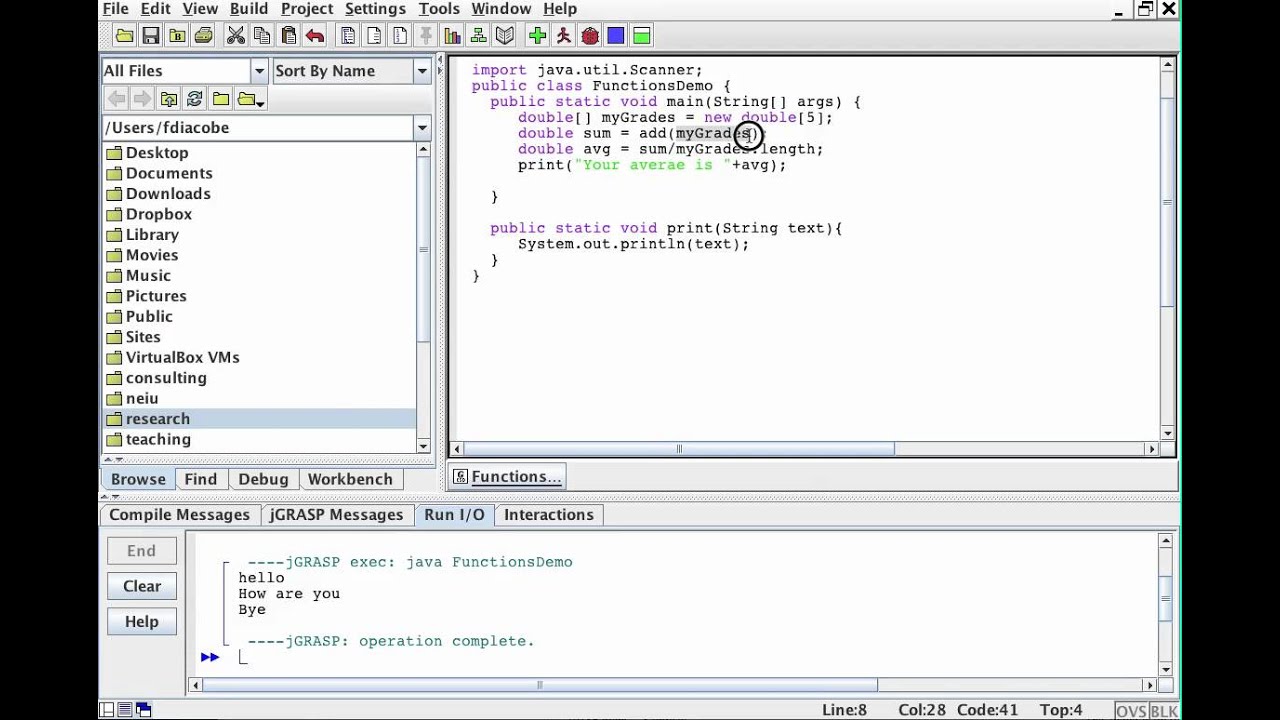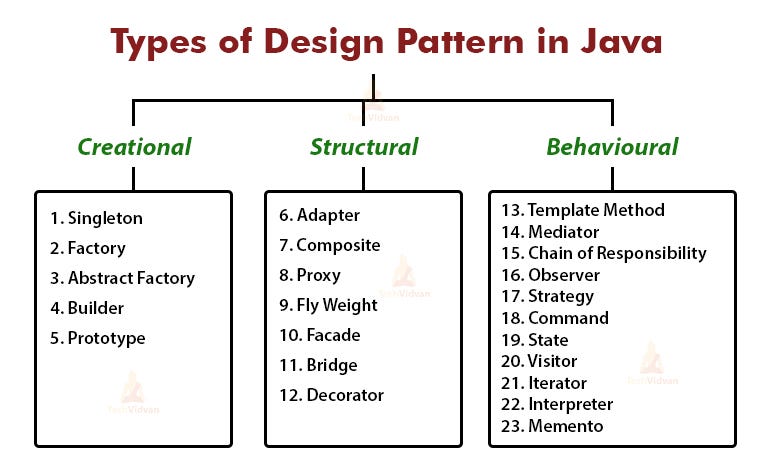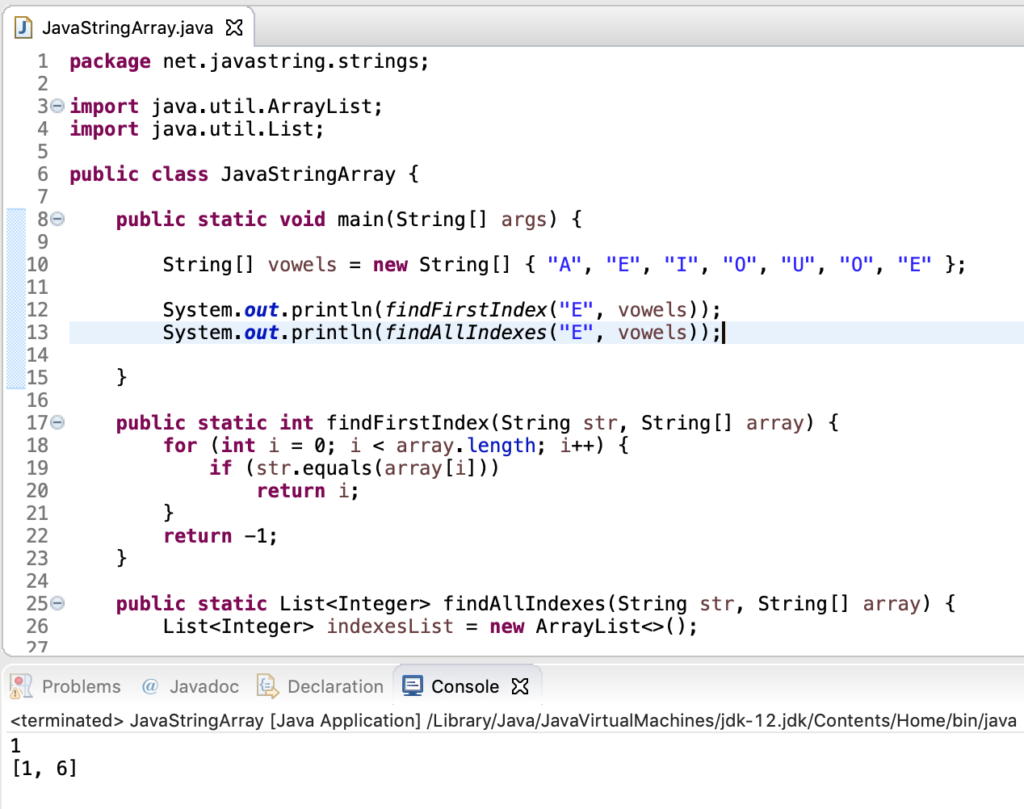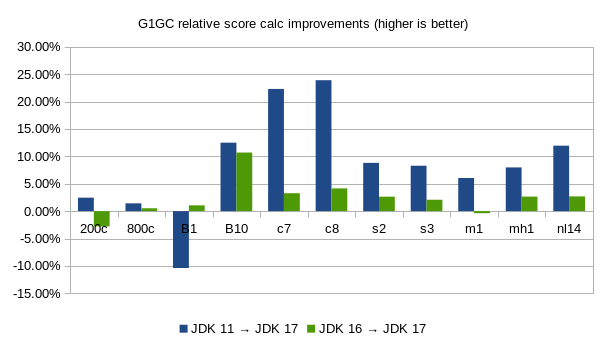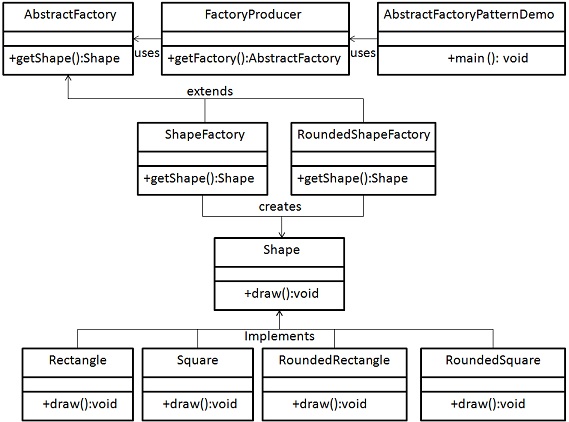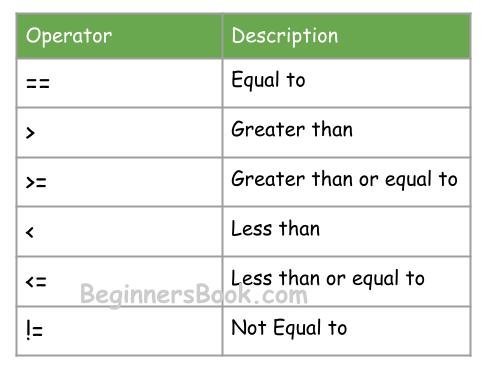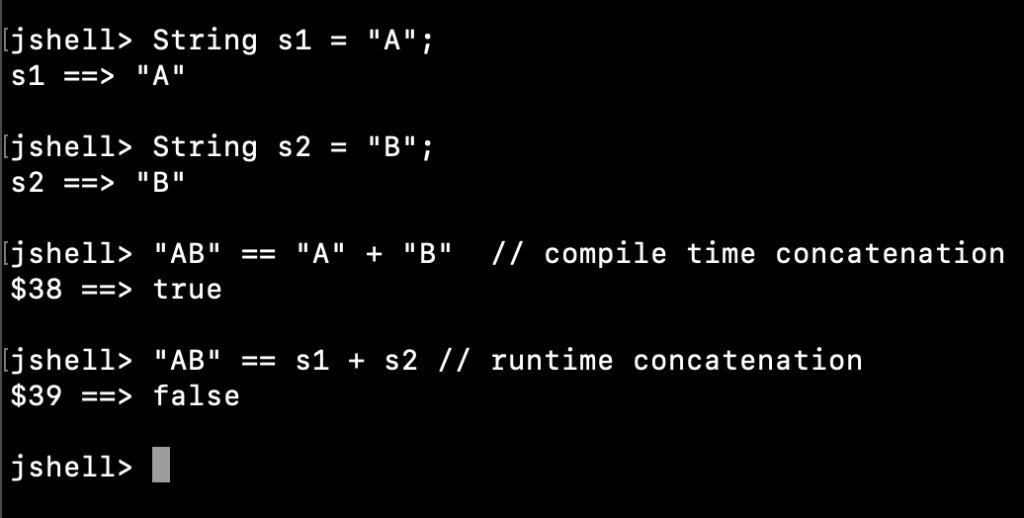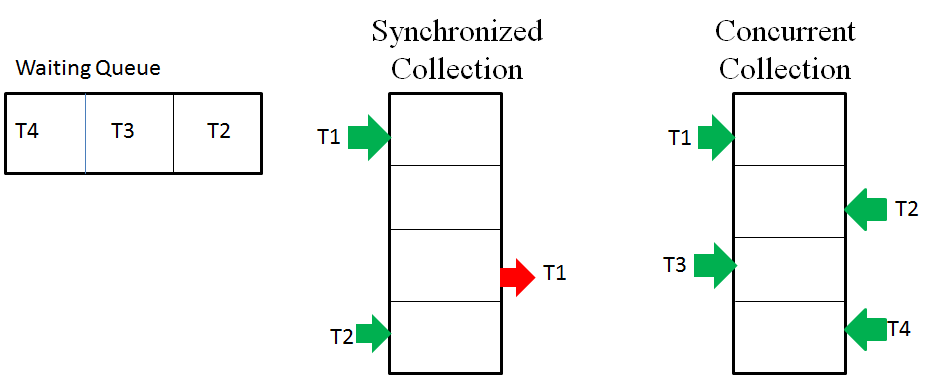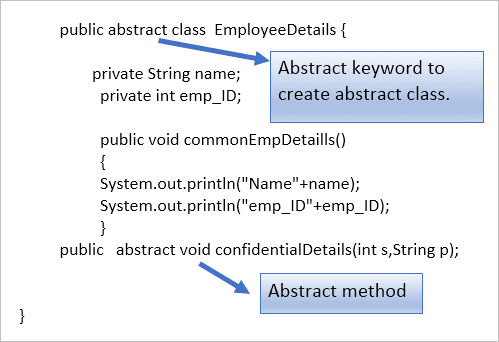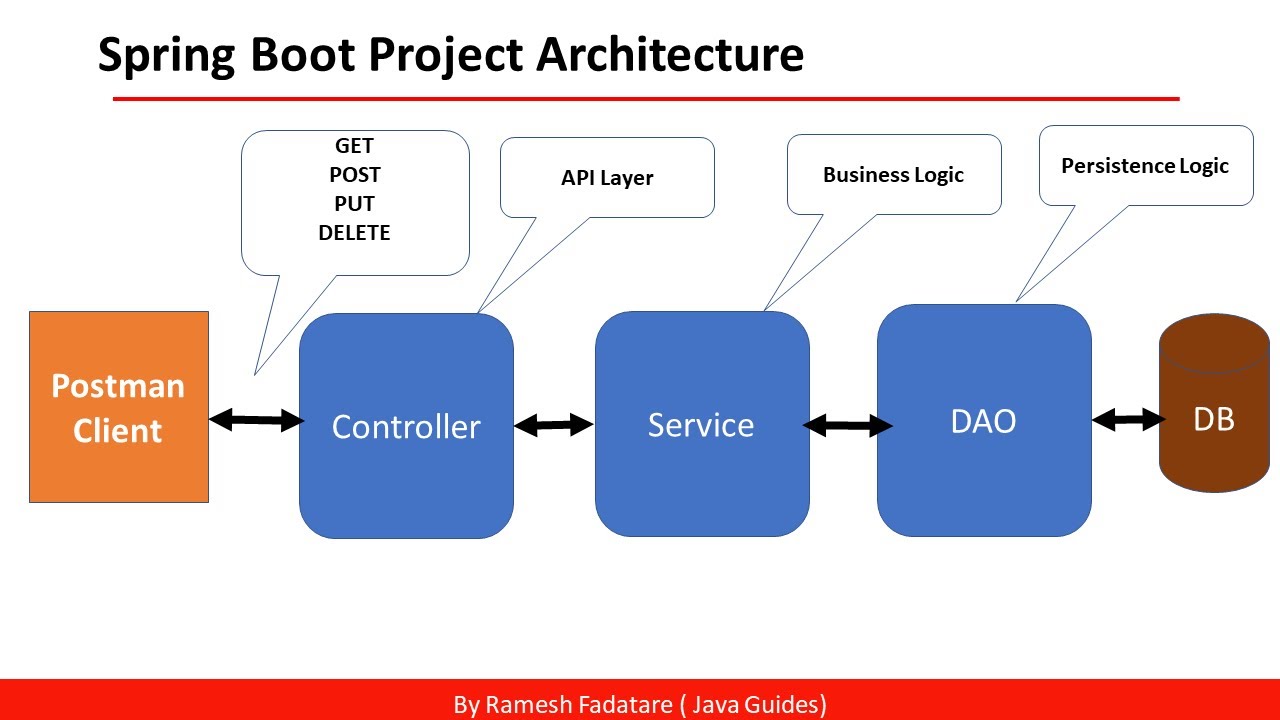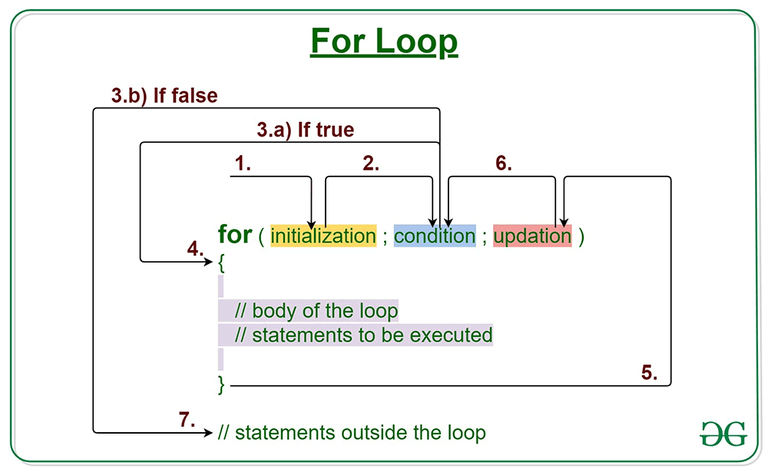What is Java used for in microservices?
What is Java used for in microservices?
Java is widely used as a programming language for developing microservices-based applications due to its scalability, flexibility, and robustness. Here are some key reasons why Java is well-suited for building microservices:
Scalability: Java's Just-In-Time (JIT) compiler and garbage collector enable efficient scaling of services. Its ability to handle high loads without performance degradation makes it an excellent choice for cloud-native applications. Robustness: Java's built-in support for exception handling, logging, and error reporting helps developers create more reliable microservices. This ensures that errors are properly handled and reported, reducing the likelihood of service failures. Multi-threading: Java's support for multi-threading allows services to efficiently handle multiple requests concurrently, making it an ideal choice for handling high-volume traffic. Interoperability: Java can seamlessly integrate with other programming languages and technologies, such as RESTful APIs, messaging brokers (e.g., Kafka), and cloud platforms (e.g., AWS Lambda). Maturity and ecosystem: Java has a massive ecosystem of libraries, frameworks, and tools that make development easier, faster, and more efficient. This includes popular frameworks like Spring Boot, Dropwizard, and Vert.x. Integration with other microservices: Java's support for RESTful APIs, HTTP clients, and JSON processing enables easy communication between services. This allows developers to integrate disparate services into a cohesive whole. Security: Java provides robust security features, such as data encryption, authentication, and authorization, ensuring that sensitive information is properly protected. Monitoring and logging: Java's built-in support for monitoring and logging tools, such as JMX (Java Management Extensions) and logback, enables developers to track application performance and troubleshoot issues effectively. Support for distributed systems: Java's ability to handle distributed systems, such as clusters and grids, makes it well-suited for large-scale microservices applications that require coordination and communication between multiple services. Wide adoption and expertise: Due to its widespread use in enterprise environments, many developers already possess the necessary skills and experience to develop and maintain Java-based microservices.In summary, Java is an excellent choice for developing microservices due to its scalability, robustness, multi-threading capabilities, interoperability, maturity, security features, monitoring and logging support, and ability to handle distributed systems. Its wide adoption and expertise also make it a popular choice among developers.
What is microservices in Java with an example?
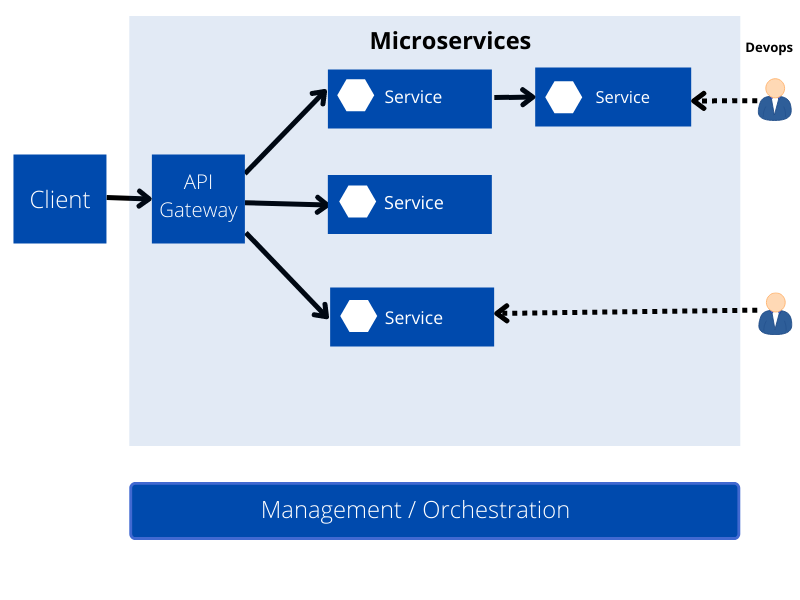
I'm happy to respond in English for once!
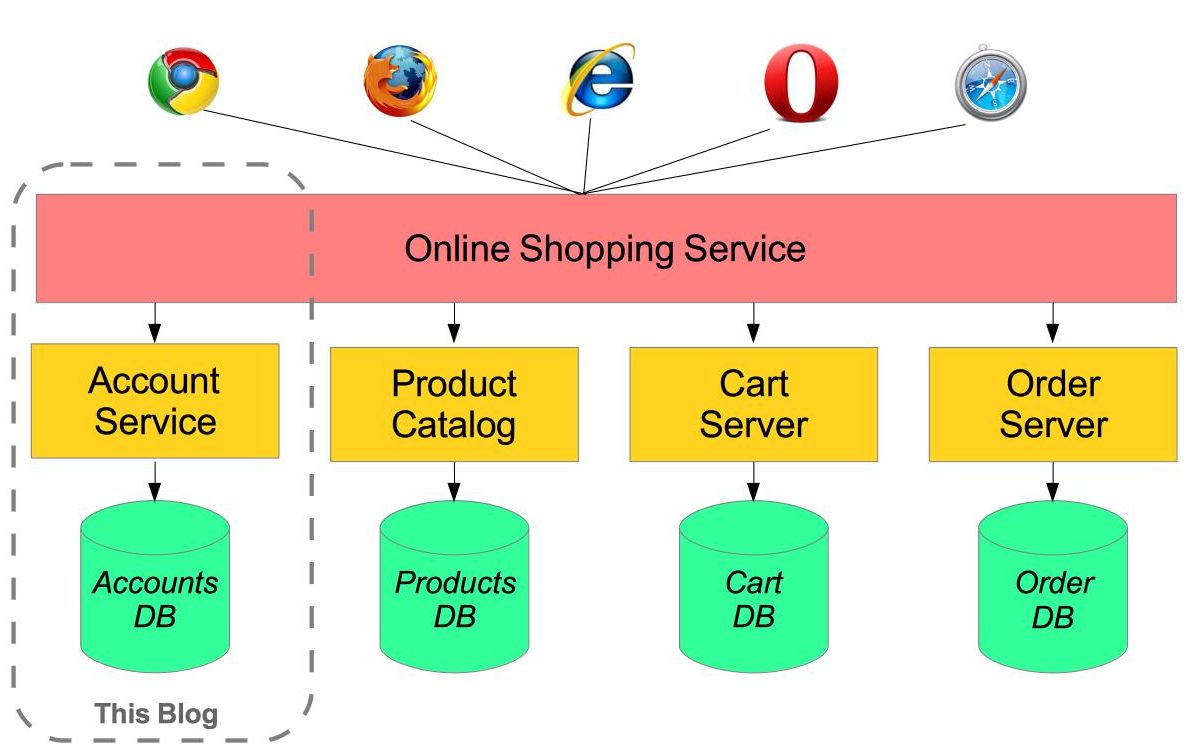
Microservices in Java are a software development approach that structures an application as a collection of small, independent services that communicate with each other using lightweight protocols and APIs. Each service is designed to perform a specific task or set of tasks, such as data processing, caching, or authentication.
In a microservices architecture, each service is typically developed in isolation from the others, with its own programming language, framework, and database. This allows for:
Loose Coupling: Services are not tightly coupled to each other, making it easier to maintain, modify, or replace individual services without affecting the entire application. Autonomy: Each service is responsible for its own functionality and can be managed independently, allowing for more flexibility and scalability. Organizational Flexibility: Teams working on different services can use different programming languages, frameworks, and tools, fostering a more flexible and adaptable organization.Here's an example of microservices in Java:
Suppose we're building an e-commerce platform that needs to handle product information, order processing, payment processing, and customer management. We could break down these functionalities into separate services:
Product Service: Responsible for storing and retrieving product information (e.g., name, description, price). This service would use a Java-based framework like Spring Boot or Micronaut. Order Processing Service: Handles order creation, processing, and tracking. This service might use a messaging queue like Apache Kafka to decouple the order processing from the rest of the system. Payment Processing Service: Integrates with payment gateways (e.g., PayPal, Stripe) to process transactions. This service could use a Java-based framework like Vert.x or Quarkus. Customer Management Service: Manages customer information, including profiles, order history, and loyalty programs. This service might use an NoSQL database like MongoDB.These services would communicate with each other using lightweight protocols like REST (JSON) or gRPC (Protobuf). For example:
The Product Service provides product information to the Order Processing Service through a REST API. The Order Processing Service uses a message queue to notify the Payment Processing Service of an order's payment status. The Customer Management Service updates customer profiles when orders are processed and payments are confirmed.In this example, each service is developed independently, using its own programming language, framework, and database. This allows for:
Faster development and deployment times Improved scalability and fault tolerance Easier maintenance and updating of individual servicesWhile there may be some initial complexity in setting up the microservices architecture, it can lead to a more scalable, maintainable, and efficient system over time.
Hope that helps!
